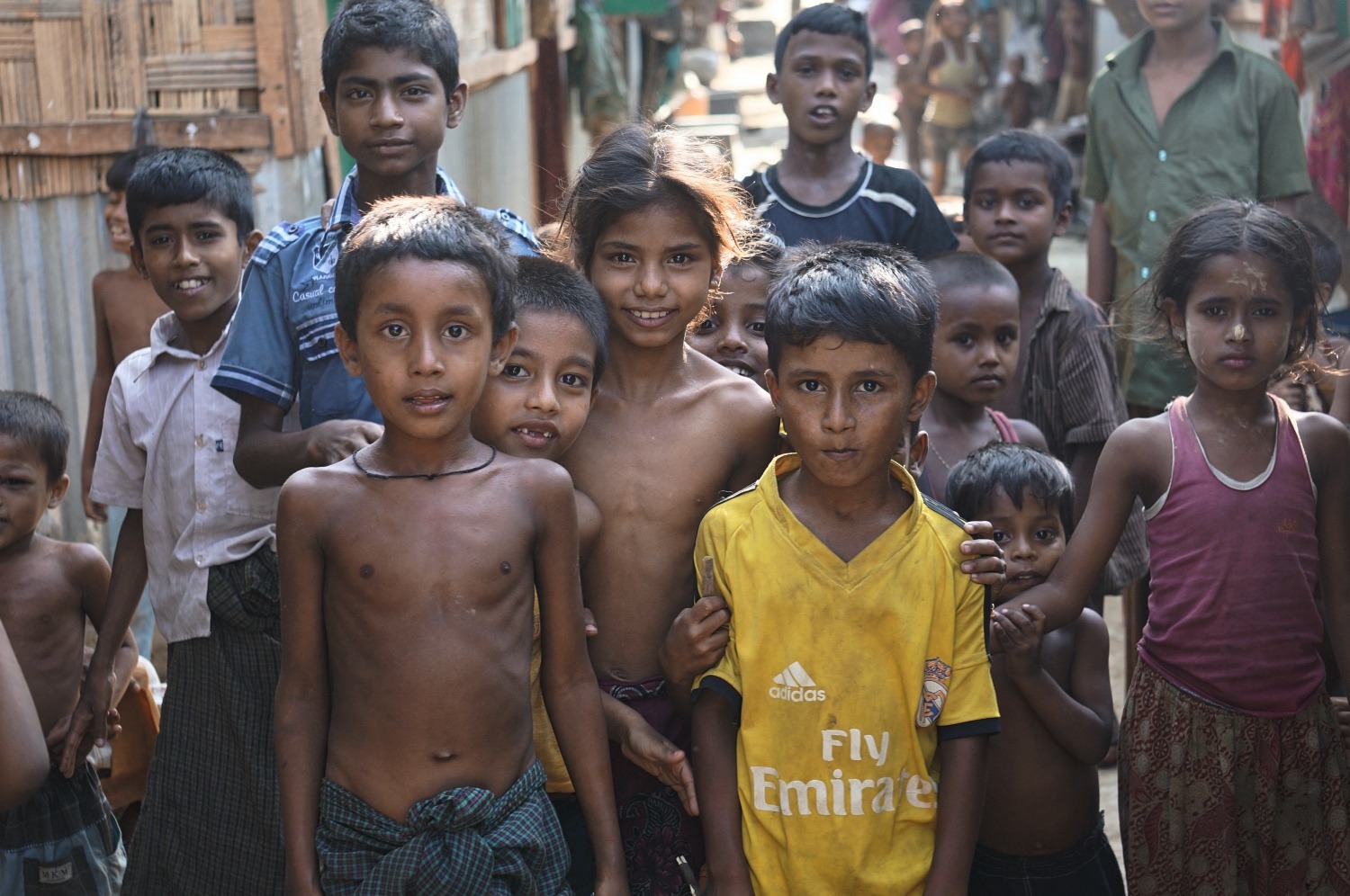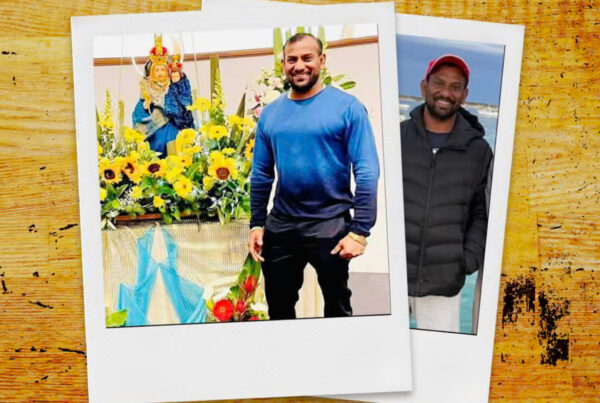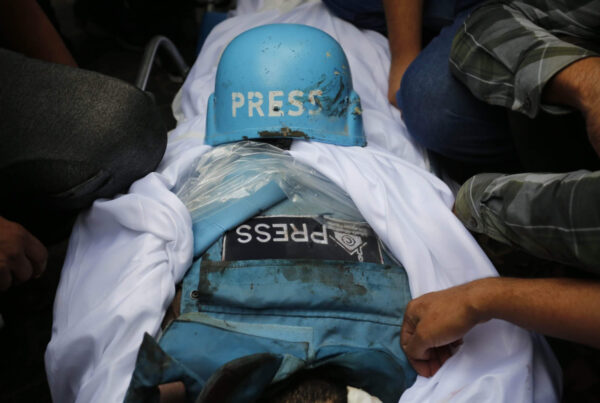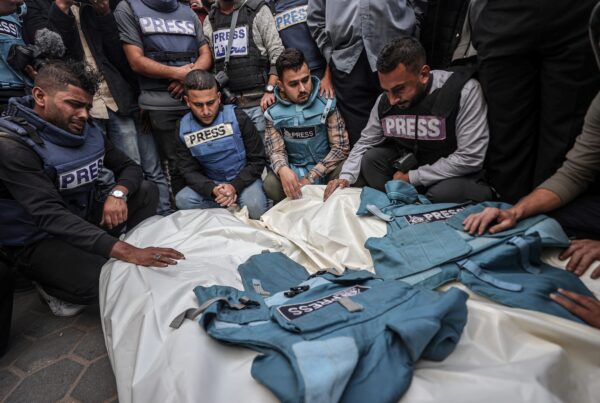This article was first published by New Matilda.
As Australian policy makers focus on building a system of deterrence the Rohingya people face few options aside from the perilous journey. Mark Isaacs travelled to Bangladesh and Burma to hear their stories.
The families in Kutupalong tell me they fled their homeland, the Rakhine state in Burma, to cross the Bangladeshi border after they were attacked by Rakhine Buddhist mobs during ethnic violence in June 2012.
“One night they came through our village with machetes killing people,” Sadaq, one of the leadership representatives of the Kutupalong camp says.
They fled by the river but because many couldn’t swim they drowned. They remained in hiding from the Rakhine attackers and the Burmese military who were also shooting at them.
“I was taken by Rakhine men and forced to work as a slave on a farm until the day I escaped and made it to Bangladesh,” Sadaq says.
I am sitting in a dusty Rohingya refugee camp in Bangladesh, listening to families plead for food for their starving children. It is most likely the refugees who this year made headlines after being stranded in the Andaman Sea come from camps in south Bangladesh like Kutupalong. Sitting in the sweltering heat confronted by the Rohingya people’s hopeless situation, I can see the desperation that makes people risk the Andaman Sea and worse perils for the slim chance of a future in South East Asia and beyond.
The conflict that caused these families to flee in 2012 wasn’t the first time ethnic violence erupted in the region between the Rakhine Buddhists and the Rohingya Muslims.
Tension between the two ethnicities stretches back hundreds of years to the early years of British colonial rule. To briefly summarise a complex and controversial history: the Rohingya people claim they are indigenous to the Rakhine state and are requesting recognition of their ethnicity from the Burmese government, which would entitle them to citizenship. This is a claim that the Rakhine Buddhists resent. They boast a proud heritage in the region dating back thousands of years and are currently involved in armed conflict against the Burmese government demanding greater autonomy in their region.
The Burmese government refuses to acknowledge Rohingya heritage claims; instead using their ethnic, linguistic, and religious similarity to the Bangladeshi people to classify them as Bangladeshi immigrants. The Burmese government says that the Rohingya people migrated to Burma from Bangladesh during British colonial rule in the 19th century and in order to be recognised as an official minority the Rohingya people have to prove their residence in Burma dates back further than 1823. The government revoked citizenship rights for the Rohingya people in 1982 with the passing of the Burma Citizenship Laws and is now only offering citizenship to Rohingya people who change their country of origin to Bangladesh, in essence rewarding those who sacrifice a claim to their historical identity for an uncertain place in the Burmese nation.
The Rohingya people I talk to in Kutupalong have a simple explanation for the conflict.
“They don’t want us because we are Muslim,” Sadaq says.
Meanwhile, the Bangladeshi government state that the Rohingya people belong to the state of Burma and place the onus to settle them on the Burmese government. Without recognition from either nation, the UNCHR estimates close to to one million Rohingya people are in effect stateless.
Over the years simmering ethnic tension between the Rakhine and Rohingya people have turned local disputes into conflict. When tension erupts into violence people are forced to flee their homes. The June 2012 violence was sparked by the rape and murder of a Buddhist woman by three Rohingya men on 28 May. The next years of retaliatory killings and violence against the Rohingya population saw two hundred people murdered, homes destroyed, and according to UNHCR figures, 140,000 people, mainly Rohingya but some Rakhine as well, forced to flee their homes.
A few weeks before the Andaman Sea incident I was in the city of Sittwe in the Rakhine state. Sittwe was once a city of diversity, the melting point of the state between Muslim north and Buddhist south. But since the 2012 violence Muslims are nowhere to be seen in public. The mosque in the centre of town, believed to date from the 12th or 13th century, is abandoned, cordoned off by barriers of barbed wire and soldiers with guns. Sittwe used to be home to about 73,000 Rohingya people, a community that has been sectioned off into a Muslim quarter, known as Aung Mingalar, or into internally displaced people’s (IDP) camps such as Boomey.
I visited Aung Mingalar at first unaware that it was a restricted zone and that I needed a permit to enter. The few small blocks of the Muslim Quarter were no different to other crumbling colonial streets in Sittwe, except the people were darker and bearded and wore skullcaps, and there were Burmese police with rifles at barbed wire checkpoints around the edges. Hanif, a Rohingya man with a chinstrap beard, took my arm and appointed himself my unofficial guide.
“There are 4,600 Rohingya in Aung Mingalar,” he said. “We are not allowed to leave or work outside.”
We pass a crowd of people assembled around a truck parked in the street. Hanif explains that it has brought food supplies.
“We receive one cup of rice and one cup of milk per day for rations,” he said.
Hanif told me they must bribe guards to get more food supplies or to visit their families in Boomey. “Or to escape.”
He showed me well-tended graves in the mosque garden and motioned machete strokes across the throat and stabs in the gut to show me how the victims were killed. In June 2012, conflict had overtaken Sittwe and Aung Mingalar for five days.
“36 people were killed,” Hanif said, gripping my forearm tightly. At this point the Burmese military escorted me out.
“For your own safety,” they told me.
I struggled to find a Rakhine taxi driver willing to drive me to Boomey. At first I thought the drivers were unsure of the destination but I was later told that they were too scared to take me there. Such is the ethnic tension that still permeates the region. I finally found a driver willing to drive me to the edge of the camps where I, by chance, met a young man named Habib who offered to show me around.
He said it was his duty to his people to educate others about the Rohingya conflict.
On the back of his motorbike we passed from shops and markets to dusty, hot, dry villages full of wrinkled bellies and hungry children. The villages differed in size and quality, decreasing in both the further we got from Boomey. The houses were made from thatched bamboo with tin roofs, temporary structures needing constant maintenance, not meant to last more than a few years. Some of the settlements were better maintained than others.
Many of the camps are not considered ‘official’ and don’t receive support from international NGOs.
“Other camps don’t receive benefits because they are being punished for fighting back against the Rakhine,” Habib said.
Habib told me the people are restricted from leaving the camps and are controlled by a night curfew. They aren’t allowed to work outside of the camp so many families have no source of income. Many people lost all their money and property in the violence.
“I fled with nothing but the shirt on my back,” Habib told me.
According to Habib, the people who manage shops receive money from families in Malaysia. Some people sold their homes for money to survive.
These people have been waiting three years to leave the IDP camps but many do not have homes to return to. Since 2012 Rohingya people have been restricted from studying in Sittwe and have been banned from going to university.
“I have to pretend to be a Buddhist to learn English,” Habib said. “But I want to go to Australia to study. Do you think I can get a student visa?”
We pass an abandoned hospital and Habib tells me that pregnant women are scared to go to the hospital in Sittwe because of stories of disappearances. Medicins san Frontieres (MSF) used to assist the Rohingya communities until they were suspended by the Burmese government for releasing information corroborating reports of anti-Rohingya violence in the border town of Maungdaw, information that contradicted Burmese government denials of the same violence.
At the last camp on the road, Habib shows me a trail that fades towards the coastline.
“When people get desperate enough they take this road to the boats,” he said.
The ongoing conflict since 2012 has seen thousands of refugees cross the border into Bangladesh though they have found little support from the government there. The previous mass exodus of Rohingya people from Burma occurred in 1991, when between 210,000 and 250,000 Rohingya people crossed the border into Bangladesh. Faced with an overwhelming number of refugees, the Bangladeshi government began to withdraw assistance for the Rohingya people and actively deter them from crossing the border. The government argued that a densely populated country of 150 million people where almost one third of Bengalis live below the poverty line could not afford to feed their own people let alone potentially one million more Rohingya refugees.
In 1992 they stopped registering Rohingya refugees. Nowadays, there are just two official refugee camps in the Cox’s Bazar district of Bangladesh populated by around 29,000 refugees who fled Burma before 1992. Those who have arrived since have had to fend for themselves in the two ever-growing unofficial and unlawful camps.
In the unofficial camp at Kutupalong families live in squat mud homes with black sheets of plastic for roofs.
“The main problems are sanitation, irrigation, and health,” Sadaq tells me.
It is obvious there are many more basic concerns. Many of the kids who gather around me are naked, their parents say they don’t have enough money to buy clothes. The refugees are restricted to the confines of the torpid camp. Some men work outside the camps but risk being arrested by doing so. There is no official education system for the children.
“Because we are not registered refugees we are not eligible for food rations or support from the international NGOs,” Sadaq says.
At another unofficial camp nearby in Teknaf, women have to walk over a kilometre to collect water at the risk of rape, assault, and robbery. Despite their poverty families are scared of robbers and bandits who raid their homes. The villagers claim they are terrorised by a local Bangladeshi councillor.
“I thank the Bangladeshi government to allow us to stay here and not arrest us,” Sadaq says.
When I ask Sadaq what the people of Kutupalong hope for he answers ‘food rations’. Their future amounts to little more than that. The Bangladeshi government has ruled-out settling the refugees in Bangladesh and even went so far as to pass a law restricting Bangladeshi citizens from marrying Rohingya people. Rohingya refugees could become illegal immigrants within Bangladesh but for the rest of their lives they would risk arrest and prison. As they are not registered refugees they can’t be resettled to a third country like Australia. Even if they were registered the Bangladeshi government suspended the United Nations resettlement program in 2010 as another deterrent, a devastating blow to those refugees who have waited in camps since 1991 for the United Nations program to save them. One man I met was two weeks away from resettlement to Australia when the decision was made.
“We want to return to our homeland,” Sadaq says, “but we will not agree to this until it is safe to do so. The Rakhine are the police. They are the local politicians. They control everything.”
It is not the first time the Burmese government and armed forces played agitator and perpetrator in the violence. In April 2013 Human Rights Watch reported that state forces fuelled unrest either by standing by or taking part in violence. A UNHCR official I met in Sittwe, who preferred to remain unnamed, described the conflict as a ‘Blood Diamond like scenario’, referring to the state’s natural resources.
‘Voluntary’ repatriation to Burma has been tried previously. I was introduced to a young Rohingya man named Ahmed in the back of a three-wheeler cab in Cox’s Bazar.
His family was forcibly returned to Burma in 2002 after spending eleven years in a Bangladesh refugee camp. Over the next ten years he finished high school, he went to university, and he got a job with an international NGO. He became politically active in improving lives for Rohingya people. In June 2012, his life was threatened by a local Rakhine politician and he ran away to Bangladesh.
He now has no home and no legal status in Bangladesh as his previous registration as a refugee was forfeit when he was returned to Burma. He has decided to take a plane to Malaysia. He is one of the lucky ones who can afford the ticket, has the connections to arrange a fake passport, and is brave enough to risk arrest.
It’s hard to see how the Rohingya people can progress past their current situation in Bangladesh and Burma. As long as violence and disagreement over ethnic classification continues in the Rakhine state there is no chance of a future for the Rohingya people in Burma. With little hope of settlement in Bangladesh or resettlement to third countries there is no hope of ‘front door settlement’ and Rohingya people will remain interned in camps or will make the horrifying decision to put their lives in the hands of people smugglers. Those who can afford the boat journey risk drowning at sea; being arrested by the navy or border guard of numerous governments; being taken by people smugglers and forced into slave labour or sex work; or they could be left at sea to starve like those stranded in the Andaman Sea in May this year. Very few make it to safety.
The world was shocked by the Rohingya people’s desperation but it was the symptom of an ever-increasing phenomena. 25,000 migrants left Burma and Bangladesh on boats in the first three months of 2015 according to a United Nations estimate.
The findings of mass graves of Rohingya refugees who died in slave labour camps in Thailand sparked a crackdown on the people smuggling trade. This won’t stop people coming. The sad reality is that the biggest impediment to Rohingya people risking a boat to potential freedom is their own poverty.
The political standoff in the Andaman Sea was not a failure in compassion but the result of countries unwilling to encourage the people smuggling trade and fearful that compassionate refugee policies will make them the next target for boatloads of refugees. It is a crisis that is replicated in the Mediterranean and in the sea between Indonesia and Australia, a crisis that demands cooperative action rather than unilateral avoidance. Each region needs a system that fairly shares the burden of assisting refugees among all nations and gives possibilities of a future to those who have no hope. Only this will stop the most desperate, like the Rohingya people, from getting on boats.



